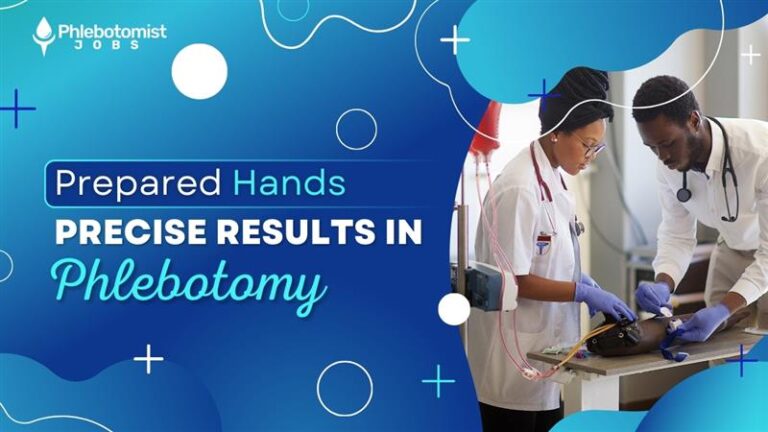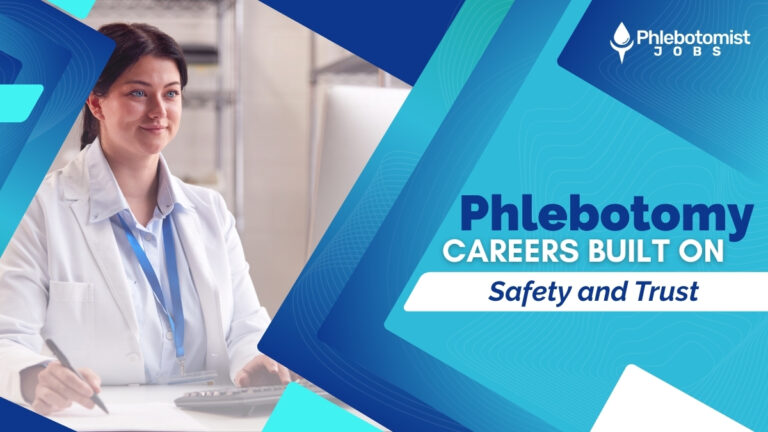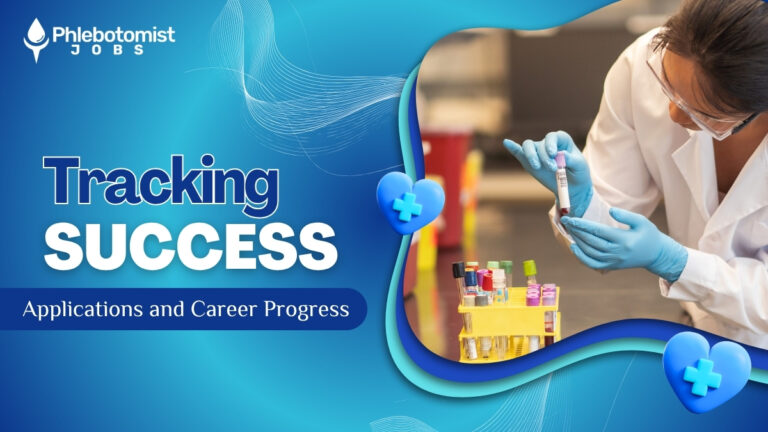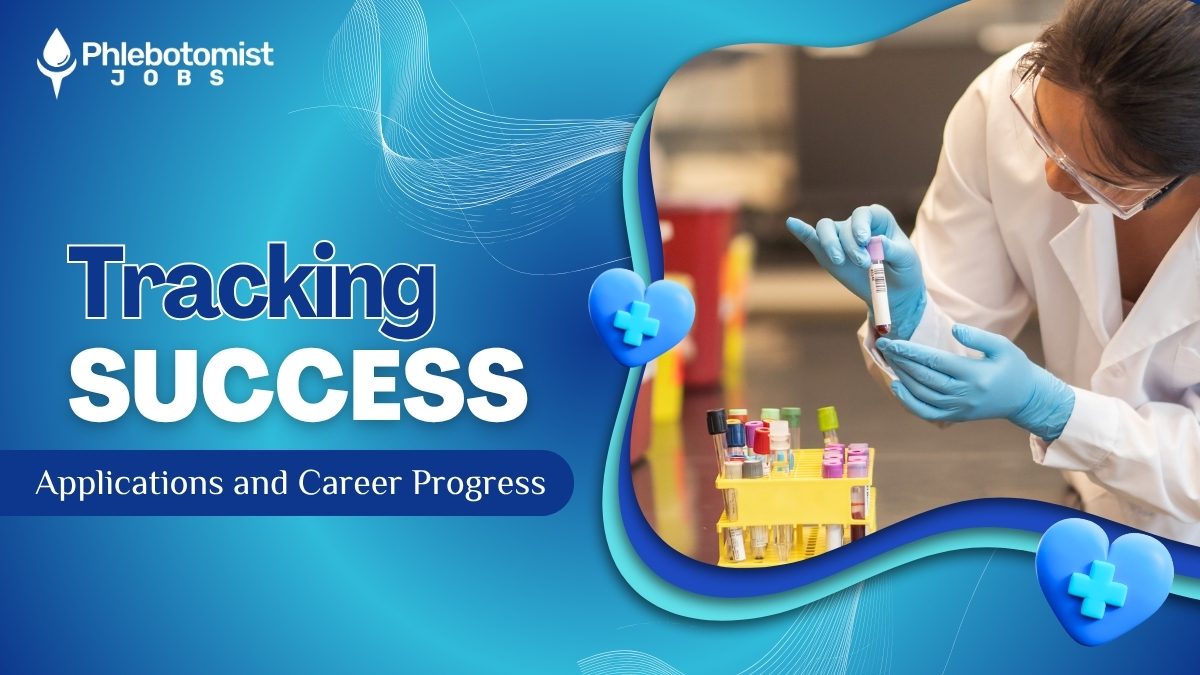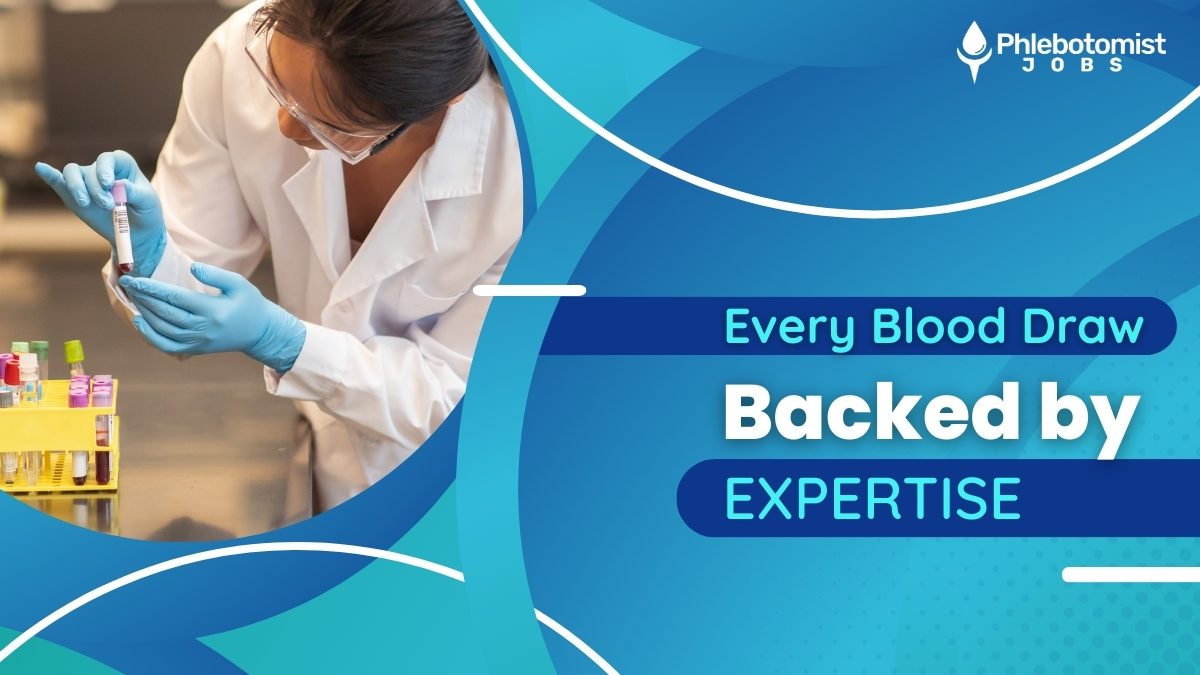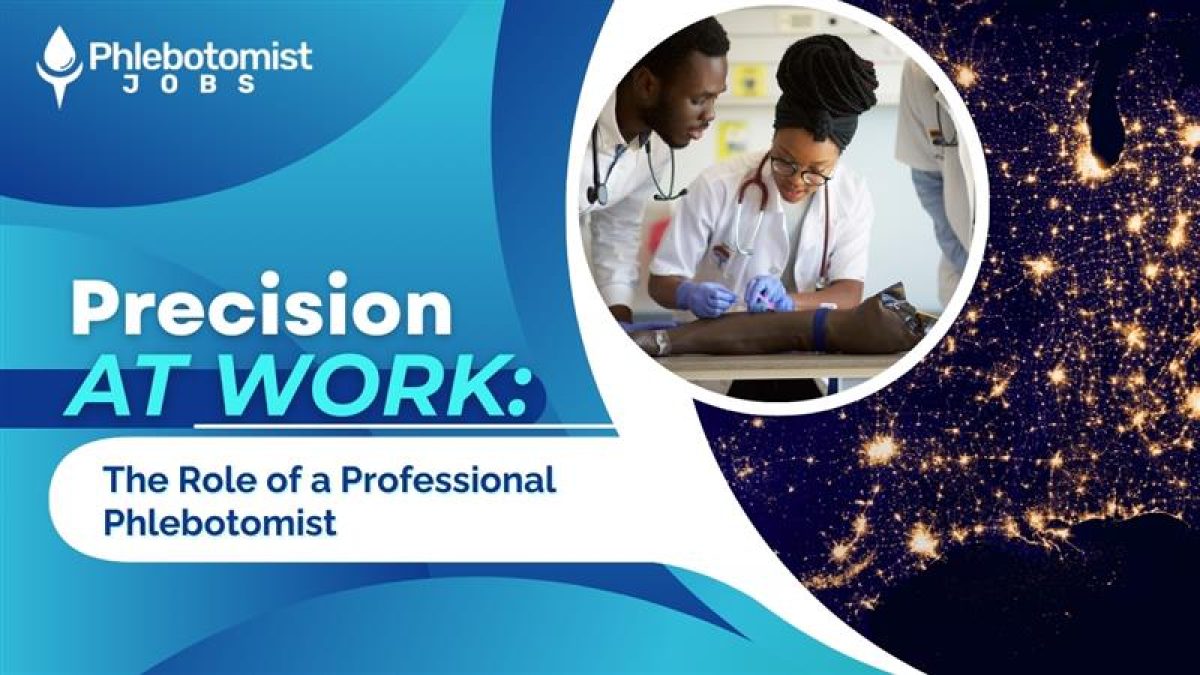Table of contents ▸
Advances in healthcare are changing the field of phlebotomy ( Phlebotomy Jobs ) rapidly. Traditionally a bedside, patient-centered profession, traditional phlebotomy – the process of extracting blood for testing, transfusions, or donations – included many hands-on, patient-centered aspects. With new technology coming into play, the landscape of phlebotomy jobs in the USA is constantly changing. It not only makes the job much more efficient but advances the role of phlebotomists in healthcare. If you have a desire to be a phlebotomist or are already an active player within this great profession, you should know how technology is reshaping the future of Phlebotomy Jobs.
The Emergence of Technological Changes in Phlebotomy Jobs
Phlebotomy jobs are increasingly harnessing more technologies, thus altering the face of patients and professionals. Automation through mobile solutions, from automation to advanced procedures has been made possible by empowering phlebotomists to focus more on the care of patients.
Automated Blood Collection Devices
With automated blood collection devices, the old-fashioned mode of drawing blood is phased out. These machines utilize artificial intelligence and robotics during vein location and effective collection of blood with minimal discomfort to the patient. However, some may still argue that automation gives them a reason to avoid humans; the fact is that phlebotomists will still be necessary, especially in complex cases or high-volume institutions in hospitals or blood banks.
These enable phlebotomists to increase the number of collected patients within a shorter period, thereby increasing the effectiveness of healthcare delivery. The automated systems also aid in keeping and following up on patient information to reduce human errors usually associated with humans to ensure the accuracy of patient records.
Portable Phlebotomy Devices
Those days are gone when phlebotomy was considered an activity done in and out of clinics or hospitals. Portability in devices of phlebotomy is breaking the mold to allow sampling from phlebotomists in so many diversified settings-from patients’ homes, to nursing homes, and even remote sites. This has set up opportunities for mobile phlebotomy services where professionals have to travel just to meet the needs of a homebound patient or those who are less fortunate and cannot be reached conveniently.
These devices are small, uncomplicated to use, and some can even run tests right away. Better care of the patient, more convenience, and portability of mobile equipment also make it so easy for phlebotomists to conduct more scheduled appointments without being confined to a location.
Influence of Technological Innovations on Phlebotomy Jobs
Not only technicians with a needle and a blood vial, phlebotomists are now empowered by technology that integrates into the profession, opening doors for advancing their capabilities, widening their scope of employment, and overall expanding their career opportunities.
Point-of-Care Testing (POCT)
One of the most significant technological advancements is the increase in point-of-care testing (POCT) machines. POCT machines are diagnostic equipment portable in nature, and therefore, allow phlebotomists to carry out tests and report back to healthcare providers without having to send samples to a central lab. These include a machine that analyzes blood glucose, cholesterol, and infection, among others.
For phlebotomists, this means a more active involvement in patient care. They will now be involved in assisting in patients’ diagnosis and monitoring in real-time, providing critical information that healthcare providers can use to make immediate decisions. As POCT becomes increasingly ubiquitous in healthcare delivery settings, the phlebotomist will increasingly become an integral figure as the individual with the know-how to run the machines and interpret the test results.
Electronic Health Records (EHR) Integration and Implementation
Another way technology is changing phlebotomy is through the infusion of EHR. EHR systems allow for the storage and electronic access to patient information by healthcare providers. Infusion of EHR has made it possible for most patient data to be input into the systems, thus ensuring more accurate and current records for the patients.
This integration will further allow communication among the phlebotomy staff members and the other health care providers to also improve the overall care of the patient. When Phlebotomy Jobs works facilitate the process of documentation, the technicians will have adequate time to spend with patients and minimal paperwork.
The Future of Phlebotomy Jobs in the USA
The role of the phlebotomist is changing, and technology forms a core part of this change. It helps improve efficiency, but this also brings new opportunities for the profession of the phlebotomist.
Increasing Demand for Phlebotomists
Even as more technology floods the country, more people are asking for skilled phlebotomists. The aging population in the USA calls for more people to undergo diagnostic tests, blood transfusions, and other forms of medical attention, and phlebotomists will be required to make these happen. Given how the development in technological innovations makes their work easier, more healthcare providers will seek trained professionals who can handle both traditional and emerging technologies.
Specialization Opportunities
With evolving technology, this could well lead to specialization in areas currently unknown. For example, graduates who have experience operating complex diagnostic equipment or handling difficult blood collections can find themselves in demand at specialty clinics or scientific research centers. Those who possess proficiency in mobile Phlebotomy Jobs can eventually carve out unique positions supporting specific patient groups, such as the elderly or those in rural areas.
Changing Scenario
Technology is redesigning the face of USA-based phlebotomy jobs. With the numerous new tools and techniques applied in this sector, it is fast becoming more dynamic than ever before. From automatic blood collection devices to portable testing equipment, the role of a phlebotomist is expanding, allowing them to play an even more critical part in the care of a patient. These advancements not only streamline the work but also pave the way for career advancement and a higher degree of specialization. As long as the innovations go further, the phlebotomist who welcomes and adapts to these changes is poised to be at the leading edge of the health services industry.
Join and subscribe to us in the social networks and go visit the Our website, where you will be able to find a wide range of other job listings and learn about the newest and most contemporary trends related to Phlebotomy Jobs and healthcare technology. This is indeed a developing and fast-evolving field!
Follow us on Social Media: LinkedIn | Facebook | Twitter | Instagram



